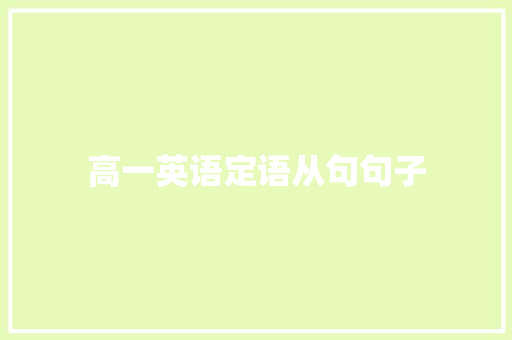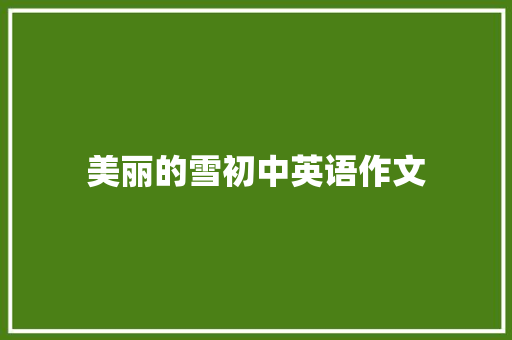首先,我们需要能够判断出来什么样的结构才能算是同位语。简单来说,n. + that 引导的从句,且that在从句中不作成分,那么基本就可以判断that引导的是同位语从句。其中作为先行词的名词通常是一些抽象名词,比如说, fact, truth, idea,suggestion, problem, 等。
辨认出同位语从句之后,我们就需要运用一定的翻译方法翻译出这些句子。总的来说,有两种翻译方法:

(一)先行词在主句中做主语,我们可以先译从句,再译主句。
【例】 But the idea that the journalist must understand the law more profoundly than an ordinary citizen rests on an understanding of the established conventions and special responsibilities of the news media.
【解析】首先,我们可以看到,这句话中是idea后面有一个that引导的从句,而that在这个从句中没有做任何成分,所以这里的that从句是一个同位语从句。而这句话的主干是the idea rests on an understanding of the established conventions and special responsibilities of the news media. 先行词idea在主句中做的是主语。所以我们在翻译时可以先翻译从句,也就是idea的内容,再翻主句,即the idea怎么样。这样翻译也是比较合乎我们汉语的表达习惯和逻辑的。
【翻译】 但是记者必须比普通公民更深刻地理解法律这一观点是基于对新闻媒体既定规则和特殊责任的理解。
(二)先行词在主句中做宾语,我们可以先译主句,再译从句。主从之间可以用即,冒号,或者破折号连接。
【例】Whorf developed the idea that the structure of language determines the structure of habitual thought.
【解析】在这句话中,仍然可以发现是idea后面加了一个that引导的从句,而且that在这个从句中也没有做任何成分,因此也可以判断这是个由that引导的同位语从句。而这句话的主句是Whorf developed the idea,先行词the idea在主句中做宾语,所以我们在翻译时可以先翻译主句,然后再解释the idea是什么。
【翻译】沃尔夫提出了一个观点,即语言的结构决定了习惯性思维的结构。
考研不是你一个人在战斗,在漫漫考研路上,的老师会一直陪伴着同学们的左右,为你们解答考研路上的各种疑惑,祝同学们考研成功!









